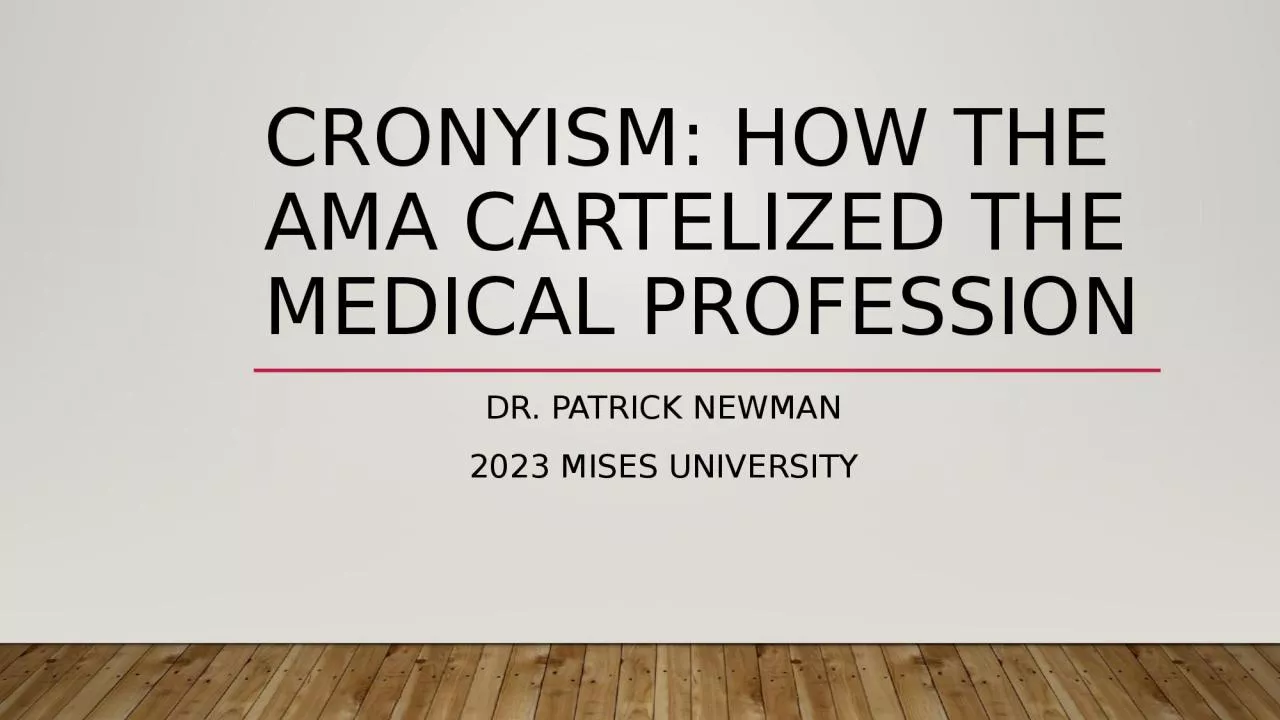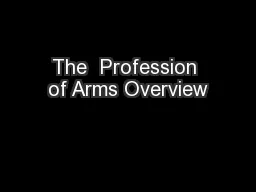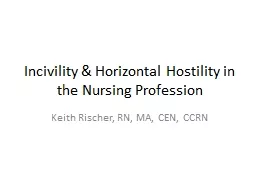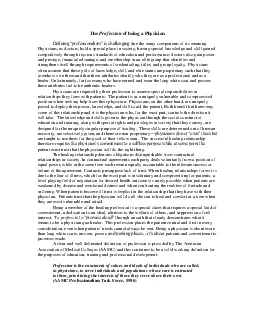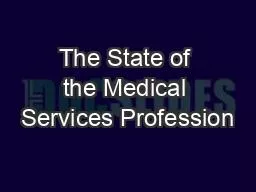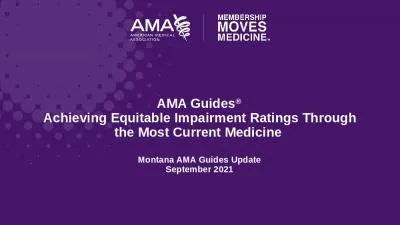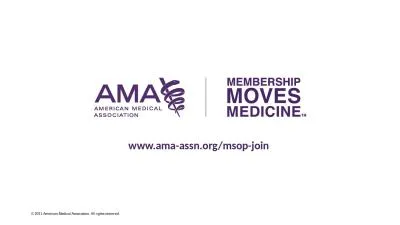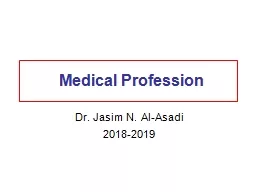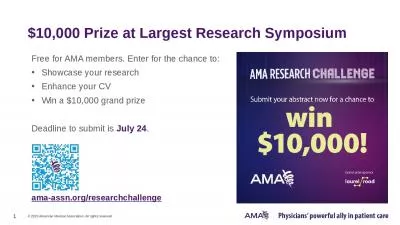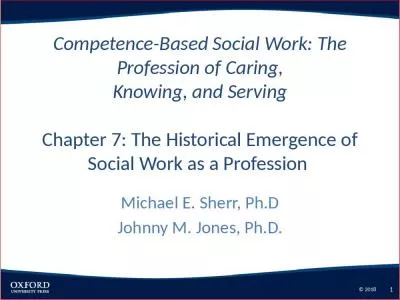PPT-Cronyism: How the AMA Cartelized the Medical Profession
Author : della | Published Date : 2024-03-13
Dr Patrick Newman 2023 Mises University Whats this Presentation About and why should I care I will concentrate on the efforts of the American Medical Association
Presentation Embed Code
Download Presentation
Download Presentation The PPT/PDF document "Cronyism: How the AMA Cartelized the Med..." is the property of its rightful owner. Permission is granted to download and print the materials on this website for personal, non-commercial use only, and to display it on your personal computer provided you do not modify the materials and that you retain all copyright notices contained in the materials. By downloading content from our website, you accept the terms of this agreement.
Cronyism: How the AMA Cartelized the Medical Profession: Transcript
Download Rules Of Document
"Cronyism: How the AMA Cartelized the Medical Profession"The content belongs to its owner. You may download and print it for personal use, without modification, and keep all copyright notices. By downloading, you agree to these terms.
Related Documents

